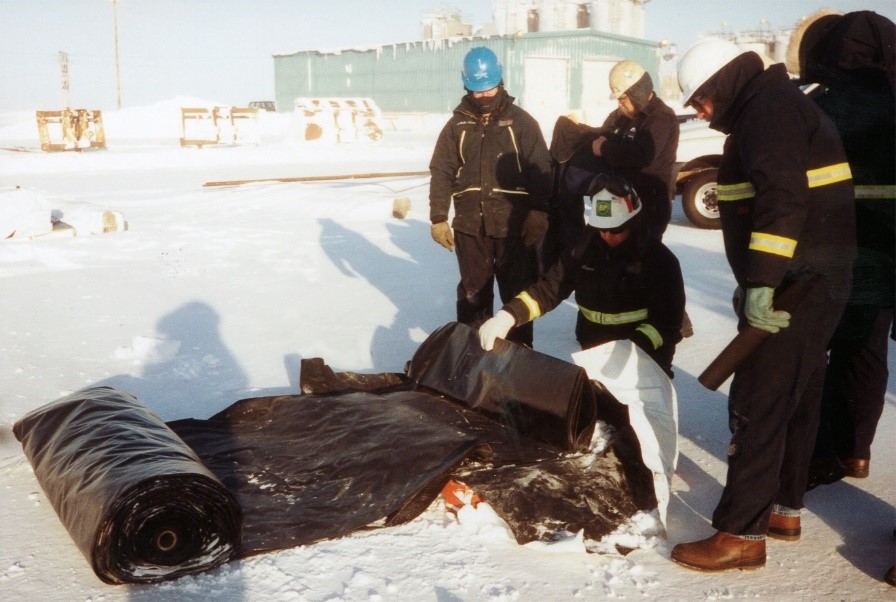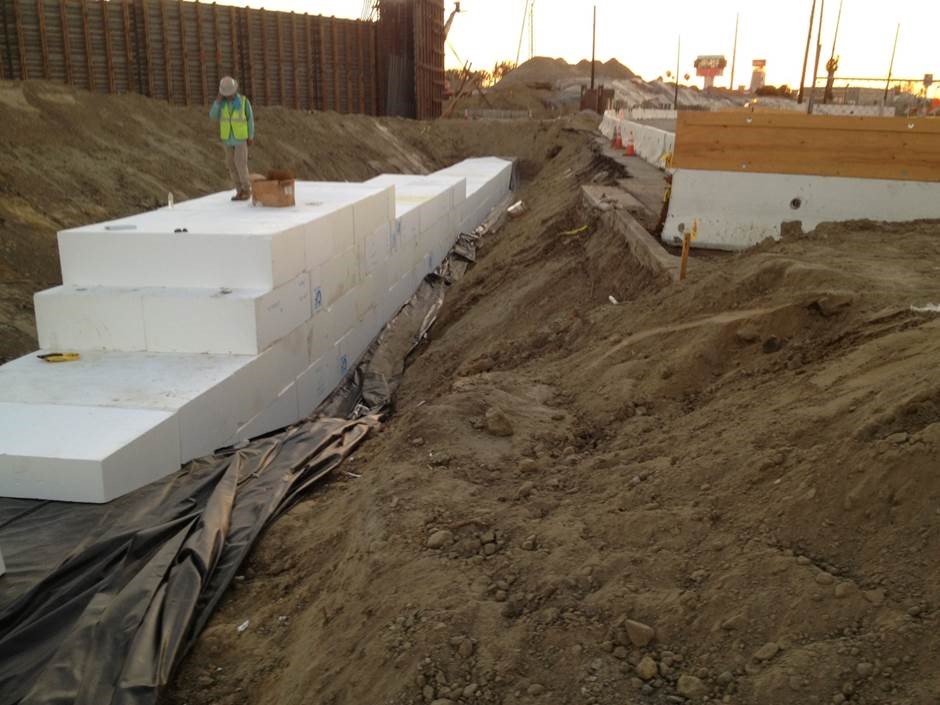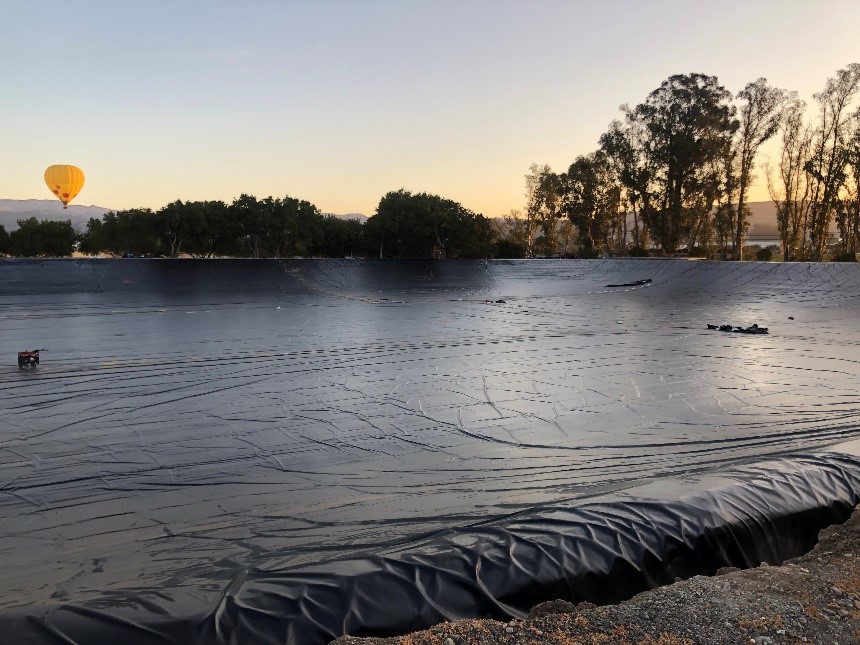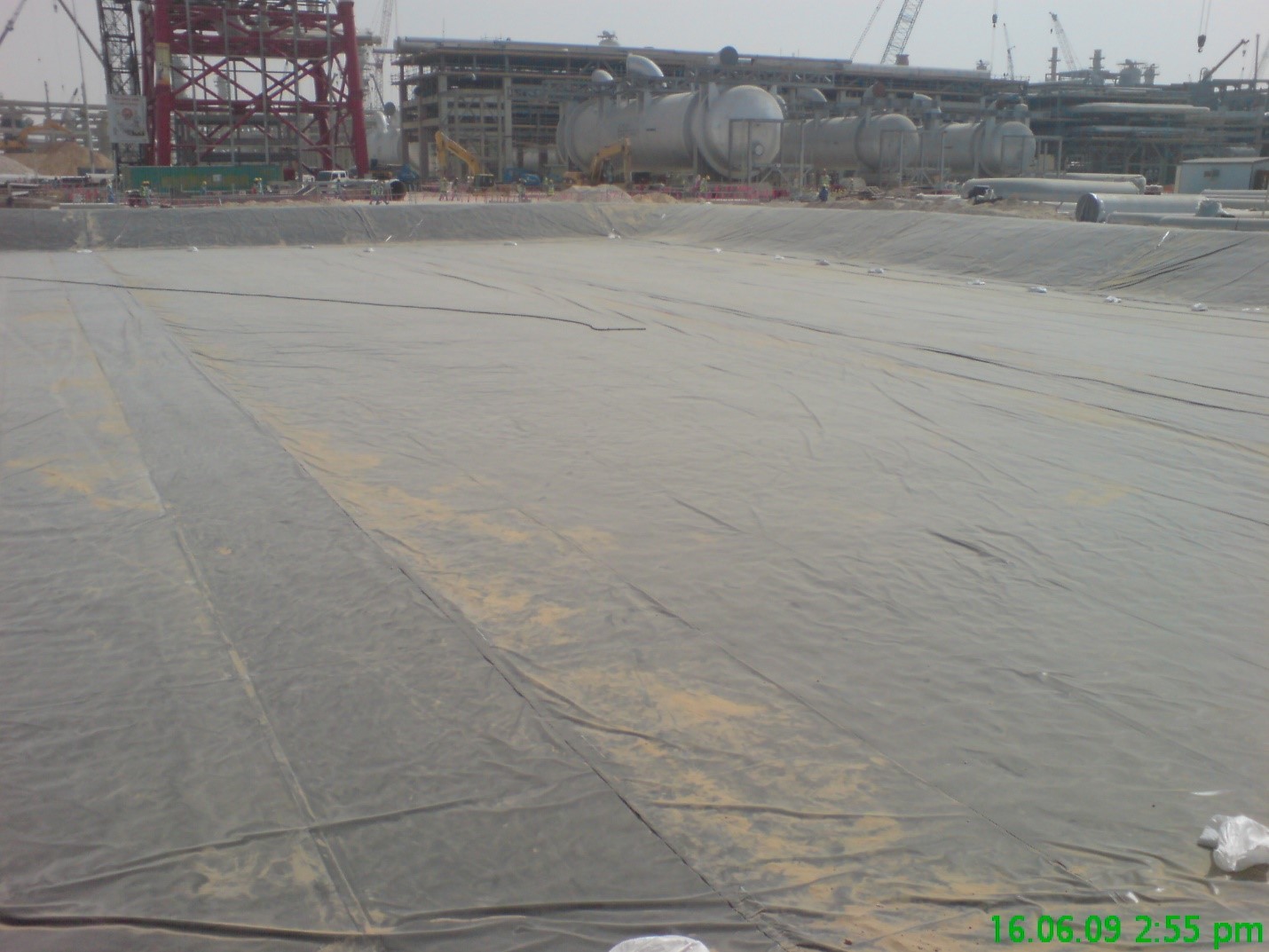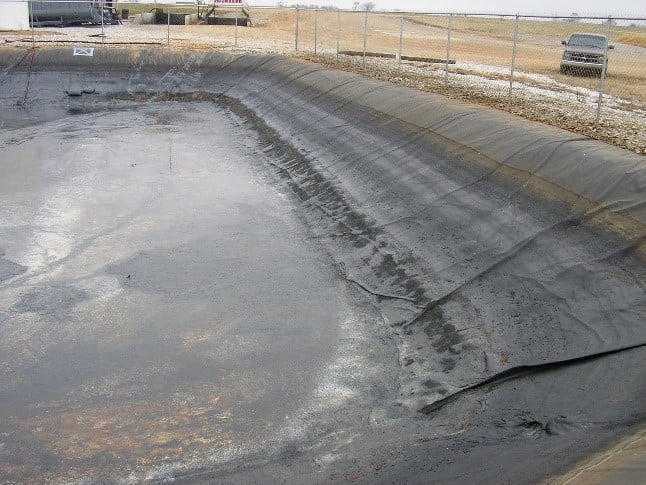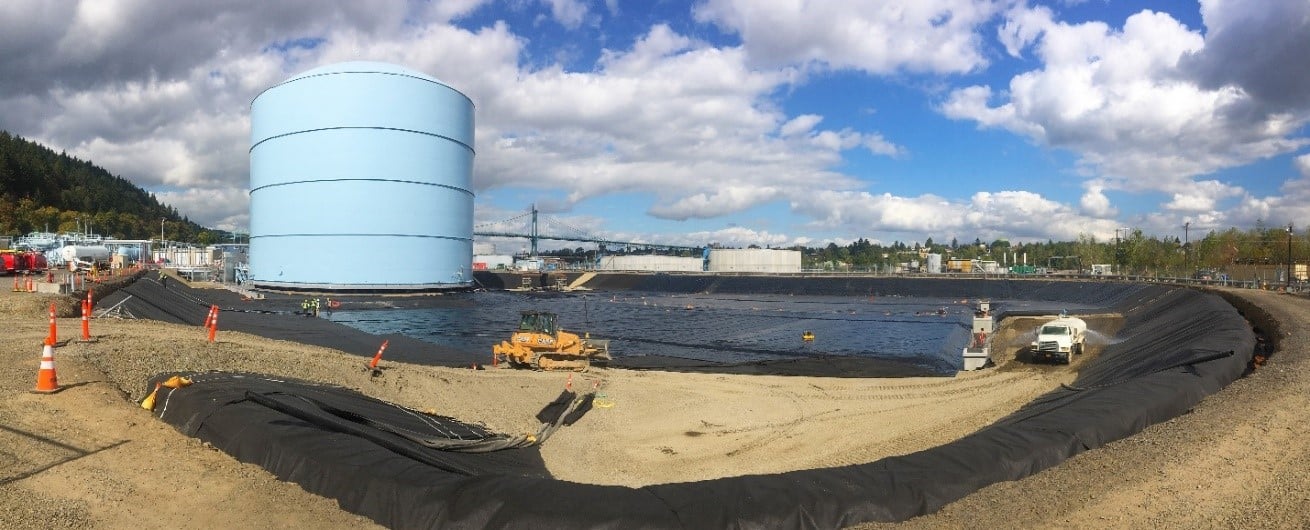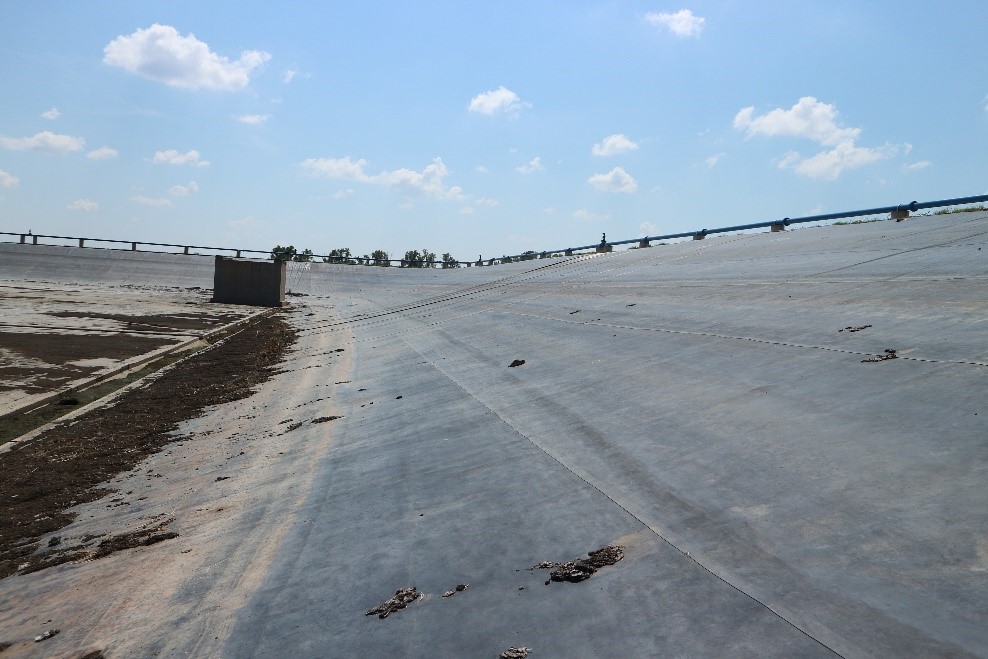Designing Geomembranes in Cold Environments
In this two-part series, we’ll review common cold crack index testing for geomembranes and field failure scenarios under cold conditions.
Two Part Blog:
Part 1: Evaluating Geomembrane Cold Crack Testing Data
Part 2: Five Causes of Cold Weather Geomembrane Failures
In yet another sign of improvement in our economy, ASCE is predicting strong growth in the Architecture, Engineering and Construction (AEC) industry starting in 2022.
Designing Geomembranes in Cold Environments.
In this two-part series, we’ll review common cold crack index testing for geomembranes and field failure scenarios under cold conditions.
Two Part Blog:
Part 1: Evaluating Geomembrane Cold Crack Testing Data
Part 2: Five Causes of Cold Weather Geomembrane Failures
What are the Major Neglected costs in your Geomembrane Installation?
Two Part Blog:
Part 1: 4 Commonly Identified Geomembrane Costs
Part 2: Quantifying Additional Geomembrane Installation Costs
What are the Major Neglected costs in your Geomembrane Installation?
Two Part Blog:
Part 1: 4 Commonly Identified Geomembrane Costs
Part 2: Quantifying Additional Geomembrane Installation Costs
Three-Part Series: Understanding and ensuring proper geomembrane chemical resistance
Knowing the importance of chemical resistance data, how do you know what the most reliable information is?
Three-Part Series: Understanding and assuring proper geomembrane chemical resistance
Part 2: Top ways to overcome difficulties interpreting geomembrane chemical resistance data
Federal regulations requiring safeguards against spills of bulk liquid storage (most commonly petroleum) have been in effect since the Clean Water Act was passed in 1972. Geomembranes are used to line bermed areas that have been created to provide sufficient storage volume for spill containment and associated rainfall. There are important properties that determine which geomembranes are most suited to these critical applications:
The discussion in the geomembrane industry regarding how to overcome the effects of thermally induced wrinkling has become more active recently. Some geomembranes exhibit high levels of Thermal Expansion Contraction (CTE). As far back as 2007, recommendations were that geomembranes must be flat when backfilled (Koerner, Daniel, ASCE 2007), a recommendation that most agree is difficult to meet with many geomembranes.

